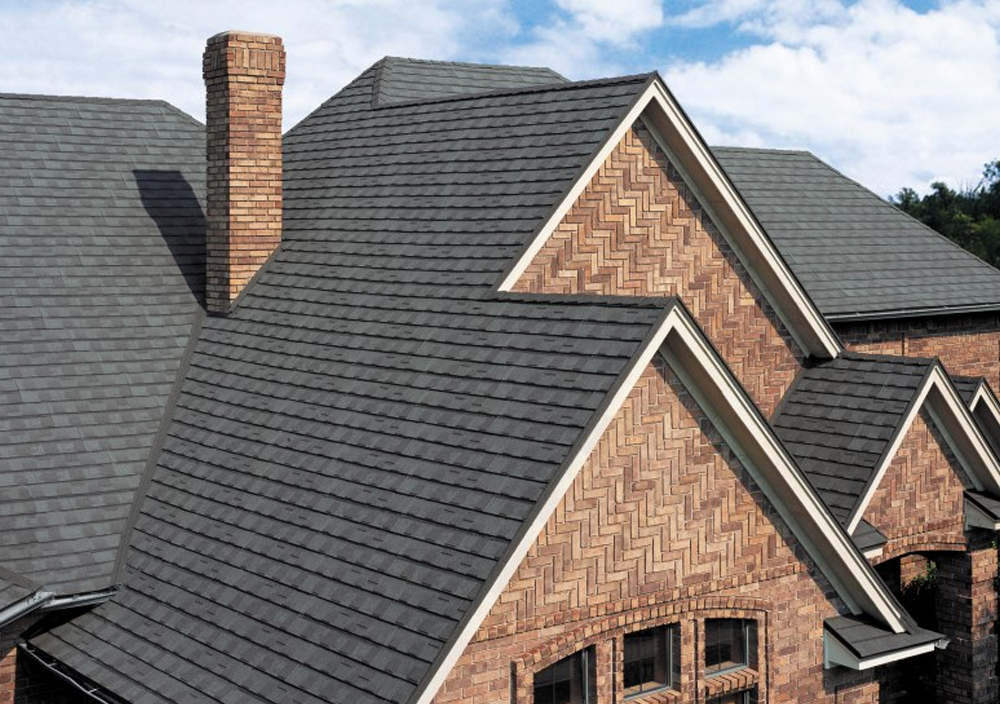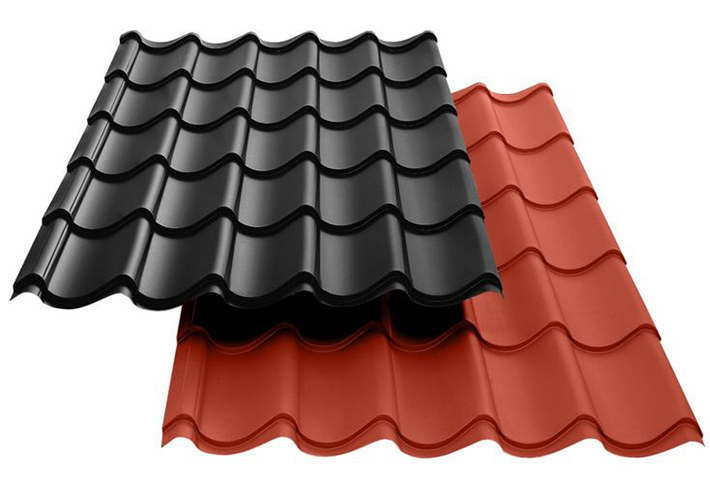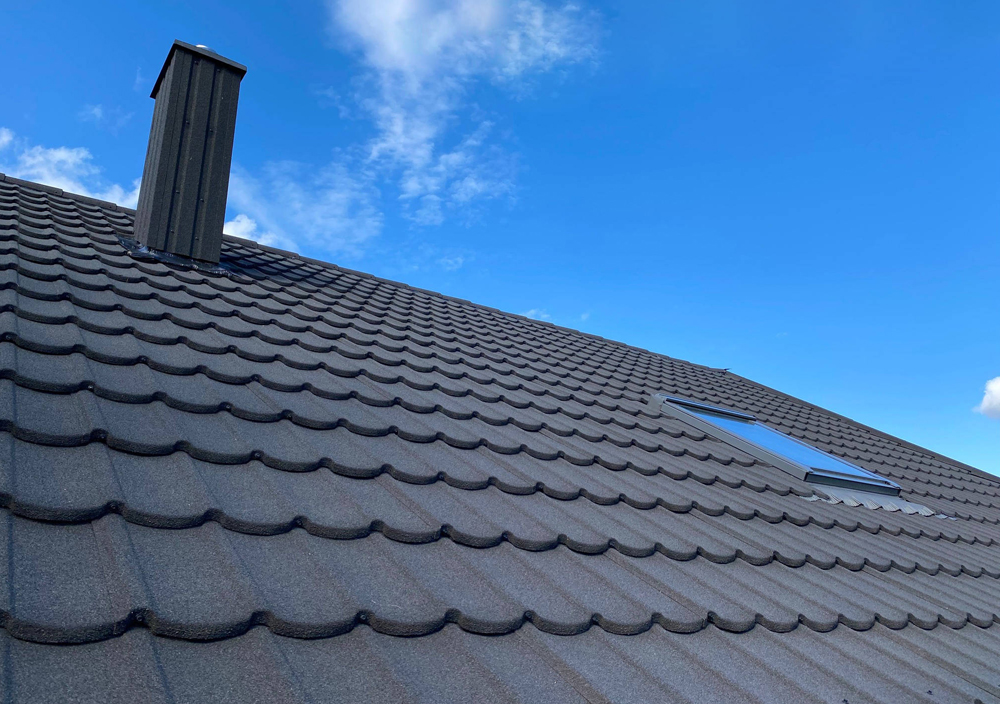Wire gauge standards are systems used to measure the diameter of electrical conductors, such as wires. The most common wire gauge standards are the American Wire Gauge (AWG), the Standard Wire Gauge (SWG), and the Metric Wire Gauge. Here’s an overview of each:

American Wire Gauge (AWG)
Characteristics:
- Scale: Logarithmic, which means each step in the gauge number represents a constant ratio change in diameter and cross-sectional area.
- Origin: Developed in the 19th century for wire manufacturing consistency in the United States.
- Applications: Used extensively in electrical wiring for buildings, automotive wiring, and electronic devices.
Specifications:
- Diameter and Cross-Section:
- 4/0 AWG: Diameter is 11.684 mm, cross-sectional area is 107.2 mm².
- 10 AWG: Diameter is 2.588 mm, cross-sectional area is 5.26 mm².
- 20 AWG: Diameter is 0.812 mm, cross-sectional area is 0.518 mm².
Current Capacity:
- The current-carrying capacity of a wire (ampacity) depends on the gauge, insulation type, and installation conditions.
- 10 AWG: Typically up to 30 amps in typical conditions.
- 12 AWG: Typically up to 20 amps in typical conditions.
Standard Wire Gauge (SWG)
Characteristics:
- Scale: Based on the Birmingham Wire Gauge system, also logarithmic.
- Origin: Developed in the UK, historically used for both ferrous and non-ferrous metals.
- Applications: Commonly used in electrical wiring in the UK and Commonwealth countries, also in the steel industry.
Specifications:
- Diameter and Cross-Section:
- 7/0 SWG: Diameter is 12.7 mm, cross-sectional area varies depending on the material.
- 10 SWG: Diameter is 3.251 mm, cross-sectional area is approximately 8.296 mm².
- 20 SWG: Diameter is 0.914 mm, cross-sectional area is approximately 0.657 mm².
Metric Wire Gauge
Characteristics:
- Scale: Directly measured in millimeters (mm) for diameter and square millimeters (mm²) for cross-sectional area.
- Origin: Used internationally, adhering to the metric system.
- Applications: Common in European countries and other regions using the metric system for electrical installations.
Specifications:
- Diameter and Cross-Section:
- 1.5 mm² wire: Diameter approximately 1.38 mm, used for lighting circuits.
- 2.5 mm² wire: Diameter approximately 1.78 mm, used for general power circuits.
- 6 mm² wire: Diameter approximately 2.76 mm, used for high-power appliances like cookers and showers.
Additional Considerations
Electrical Resistance and Heat:
- Resistance: The resistance of a wire increases with its length and decreases with its cross-sectional area. Thicker wires (lower gauge numbers) have lower resistance.
- Heat Dissipation: Higher currents cause more heating in the wire due to resistance. Proper gauge selection prevents overheating and potential fire hazards.
Mechanical Properties:
- Flexibility: Thinner wires (higher gauge numbers) are more flexible and easier to bend.
- Strength: Thicker wires are stronger and more durable, less likely to break under mechanical stress.
Standards and Codes:
- National Electrical Code (NEC): In the US, the NEC specifies wire sizes, insulation types, and installation practices to ensure safety.
- IEC Standards: International Electrotechnical Commission standards govern wire specifications and safety practices globally.
Example Conversions:
- AWG to Metric:
- 14 AWG: Diameter 1.628 mm, approximately 2.08 mm² cross-sectional area.
- 18 AWG: Diameter 1.024 mm, approximately 0.823 mm² cross-sectional area.
- SWG to Metric:
- 14 SWG: Diameter 2.032 mm, approximately 3.24 mm² cross-sectional area.
- 18 SWG: Diameter 1.219 mm, approximately 1.17 mm² cross-sectional area.
Practical Applications:
- Building Wiring: AWG is commonly used in residential and commercial building wiring in North America. Metric wire sizes are used in similar applications in Europe and other regions.
- Automotive Wiring: AWG is typically used, with wire sizes selected based on the current demands of different circuits.
- Electronics: Both AWG and metric sizes are used depending on the region and manufacturer specifications.

By understanding these standards and their applications, you can make informed decisions about wire selection for various electrical projects, ensuring safety, efficiency, and compliance with relevant codes and regulations.





